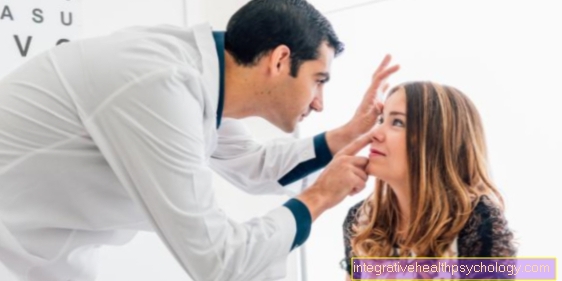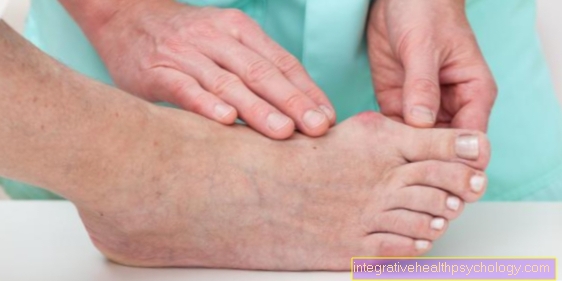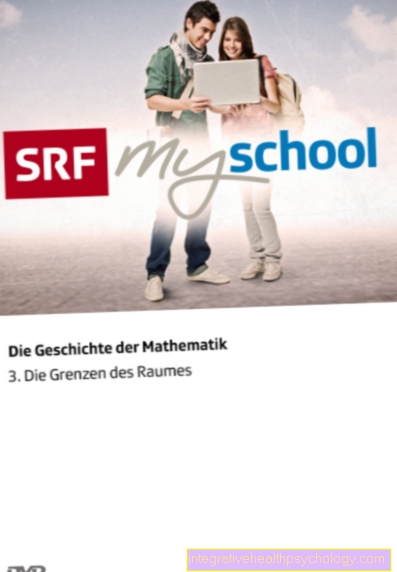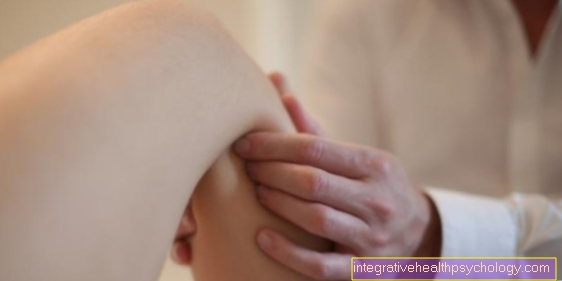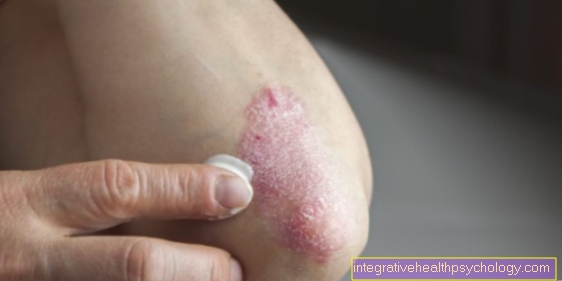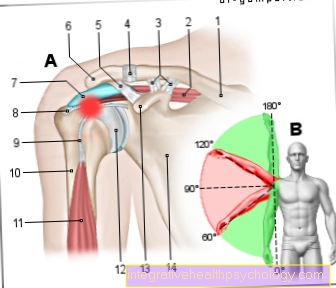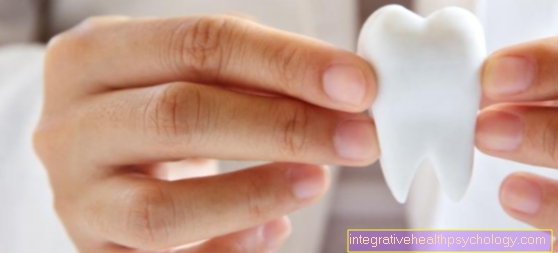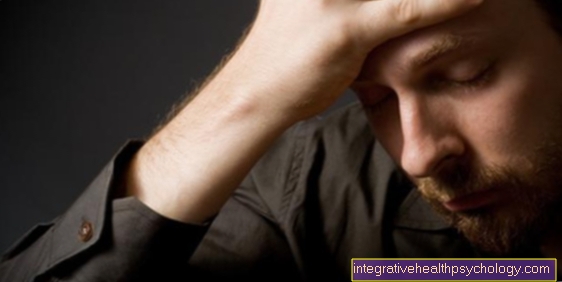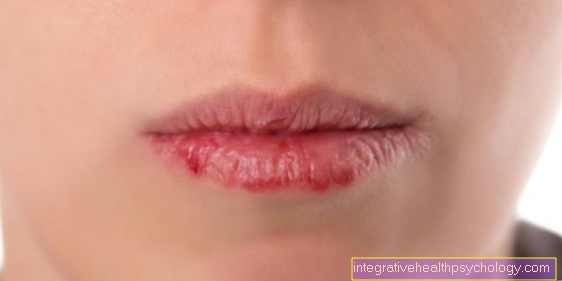forehand
introduction
In addition to the backhand, the forehand is one of the basic strokes in tennis. Most tennis players find it easier to use the forehand than the backhand, as the ball is hit on the right hand side and the left hand hand side. On the forehand side, it allows the player to act with greater freedom of the arm. Usually, due to the greater range, the forehand is only used with one hand (one handed) played.
tactics
For tactical reasons, the forehand strike in tennis is usually a top spin variant. This enables a high strike speed and the opponent is put or held under pressure. In addition, the ball experiences a downforce due to the forward rotation. The probability of hitting the ball "out" is significantly reduced. At the point where the ball hits well above the edge of the net, it is not absolutely necessary to rotate the ball, as the trajectory is forward and downward. In the case of forehand hits with a very low point of impact, on the other hand, the ball must be hit with a lot of topspin, since the trajectory must first start upwards.
technology
The backward movement- The racket is held with the forehand grip.
- The backward movement takes place early, slowly and in a controlled manner.
- The player stands in an open position (load on the right foot during the entire forehand movement)
- The upper body is turned to the side. This involves muscle pre-stretching.
- The right arm is led far back / up.
- The view is on the ball.
Maximum backward movement

- The time of the maximum backward movement has been reached.
- The tennis racket is far behind the body.
- The body weight load is still on the right foot.
- The player kneels slightly so that the center of gravity is lowered and the acceleration path is lengthened.
- The ball is immediately in front of the meeting point.
Surcharge movement

- The load is on the right foot.
- The knee joint is stretched. The upper body then rotates towards the opposing field
- The stick is guided forwards / downwards so that the ball can be hit in an upward motion
- The racket is accelerated towards the meeting point
- The eyes are on the ball
Meeting point of the ball

- The racket overtakes the body and the ball is hit in an upward motion sideways, in front of the body
- The upper body is turned up wide
- The load is on the right foot
Swing phase
- The rotation of the upper body is finished
- Since the ball is hit in an upward motion, the club must be swung over the shoulder.
- The body is brought into balance.
typical mistakes
Typical forehand errors:
- The tennis racket is not held with the forehand but with the backhand grip
- Consequence: The point where the ball hits in a forward-upward movement is practically impossible. Meeting point too far behind the body
- Only slight rotation of the upper body
- Consequence: no body tension, less acceleration path, too slow slamming movement
- Correction: turn upper body, throw medicine ball sideways
- Too late backward movement of the forehand
- Consequence: meeting point behind the body and thus loss of control
- Correction: targeted, early recovery
- No lowering of the club head in the stroke movement
- Consequence: The club is not guided upwards and there is no topspin
- Correction: Touch the ground with the club when striking
- Supine position
- Result: poor control, stick open at the point of impact, loss of speed
- Correction: take a step into the field after hitting the ball
- No swing over the shoulder
- Consequence: cramping of the wrist, unnecessary muscle exertion, no smooth stroke movement
More information
Further information on tennis can be found here:
- tennis
- surcharge
- Backhand
- One handed backhand
- Volley forehand
- Volley backhand
- smash


